As walking yoga becomes the latest wildly viral workout - top yogis debunk whether it's worth trying or another fad
The result of combining two forms of low-impact exercise.
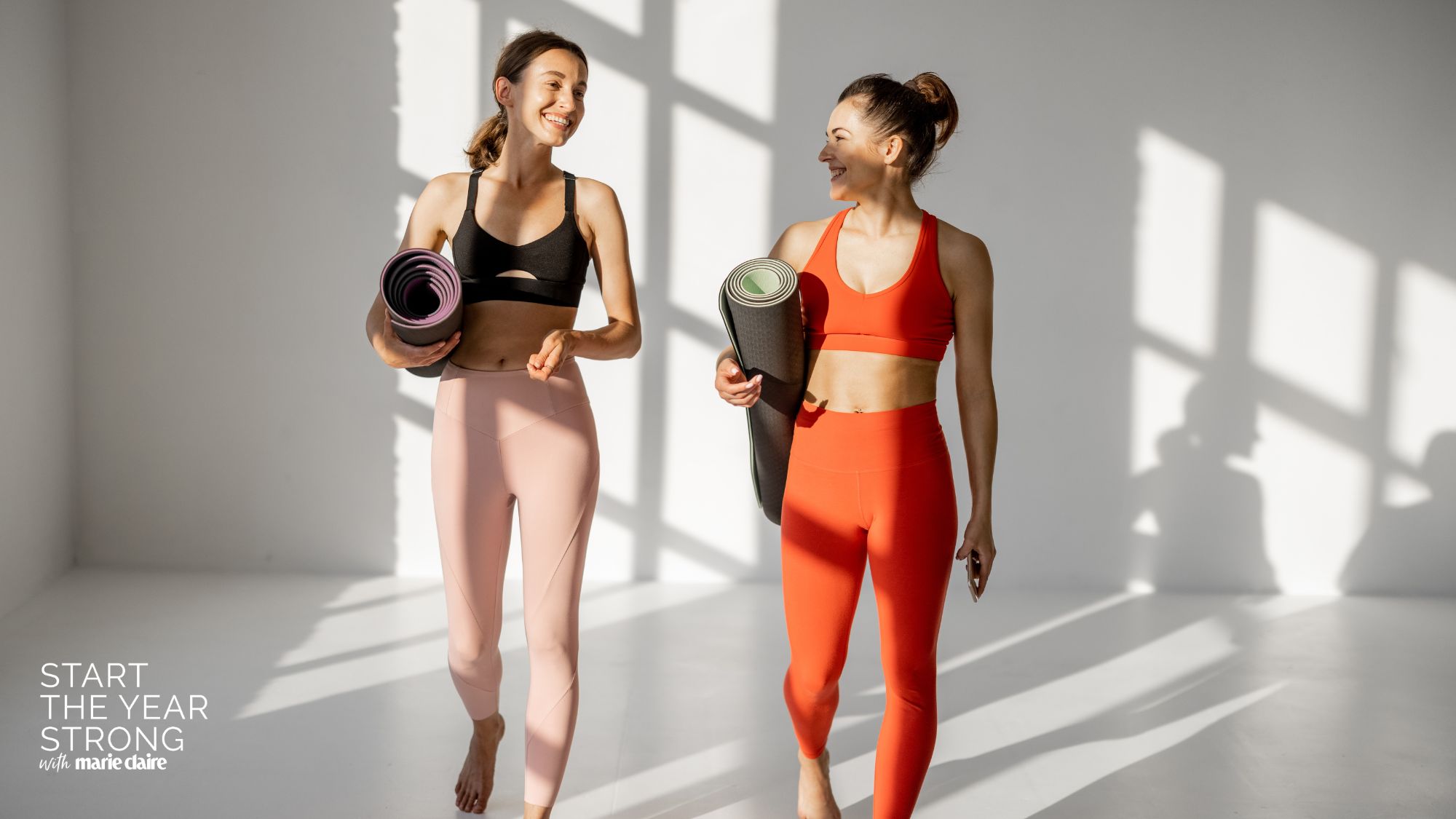

From yogalates to Tread, the fitness world isn’t short of workouts that combine two or more different disciplines. But the latest example of fusion fitness doing the rounds? The time-efficient and accessible practice of walking yoga.
Now walking yoga—or yoga walk as it’s sometimes referred to—is nothing new. But recent Google stats show that in the past month, the phrase has become a "breakout" term on Google which, in their own words, means that searches for the phrase has grown by more than 5000% in recent months. Pretty mega, right?
So why are people searching for this form of low-impact fitness? “I think people now know more about their health and taking breaks,” Sophia Drozd, yoga teacher and founder of Y4P, suggests. “They want to step away from screens and take time to focus on themselves and walking yoga is a great way to do this." Before, walks were often just for a purpose—walking the dog, getting steps in or having a meeting while walking. “These are good for steps, heart health, and blood flow,” Drozd explains. “But now, more people are looking for ways to be present and aware.”
While certified yoga instructor Ayesha Bell believes people are drawn to practices like walking yoga for a couple of reasons. “One of the key factors is the fact we as humans are meant to be physical, we are meant to embrace nature,” the expert says. “Being stagnant does not harness creativity or rid tension and stress the body may be holding.”
Whatever the reasons might be, we spoke to yogis to answer what is walking yoga, the benefits that come with practicing this form of fitness and tips on how to try it out for yourself.
While you’re here, you might also be interested in walking workouts, the benefits of walking workouts and what happened when one writer walked every day for two weeks. Want to make yoga part of your every day? Bookmark these morning yoga flows which promise to ease tightness and tension in minutes or try out the best Yoga with Adriene workouts for free.
Walking yoga is the latest viral workout - but is it worth trying?
What is walking yoga?
"Walking yoga is a practice that combines yoga and breathwork with walking," says Drozd. "It's a simple mix of the physical benefits of walking and the calm focus of yoga."
Marie Claire Newsletter
Celebrity news, beauty, fashion advice, and fascinating features, delivered straight to your inbox!
"It started in the 1970s as a walking meditation," the expert explains. "Walking while syncing your steps with your breath and saying mantras. Now, this practice has grown to add yoga poses you can do while walking. It also helps you notice the world around you and feel more in tune with your body as you move."
What are the benefits of walking yoga?
In its simplest form, walking yoga combines all the benefits of walking with a much-welcomed dose of yoga.
Of course, the duration, form and intensity at which you’re walking and whether you are practicing yoga poses and/or breathing techniques will all impact the benefits you might notice.
But if you intend to do all of the above, according to Bell, you may find you'll supercharge your health in more ways than one. “Walking yoga offers a multitude of benefits that span physical, mental, and emotional health," the yogi explains. "It’s a form of meditative movement that helps to unite the body and mind, enhance awareness, and promote deep relaxation."
While Drozd says the physical benefits of yoga and walking include: "Muscle strength, it can help with weight management, improved cardiovascular health, increased flexibility and mobility, as well as helping to reduce pain and stiffness."
Mentally, Drozd said the benefits include: "Reduced stress, improved concentration, positive mood boost, enhanced mindfulness and lower anxiety levels."
And science agrees. Due to the fact most walking yoga sessions are completed outside you’ll get the benefits that being in Mother Nature can bring. For example, a 2023 article further confirmed that exercise can do wonders for your cognitive function, but exercising outdoors can amplify this further.
Upping your step count could also help you get a quality night's sleep. This comes after researchers in a study published in 2019 explored the relationship between physical activity and sleep and found that women who took more steps and were more active reported sleeping better than those less active.
@sofjamk Doing yoga daily has helped me immensely in my fitness journey. Not only physically but mentally! Yoga has many many benefits, here i just share 4 of them. It not only makes you more flexible but it builds streght at the same time. It helps with stress and inflammation, and it’s a practice you can do both in the morning or before bed. I love it
♬ hell n back - 🤍
Are there any cons to walking yoga?
That said, walking yoga won’t be for everybody. Some may prefer to separate their walks from their yoga to concentrate on one type of exercise at a time—which is totally fine.
Plus, if you're performing yoga poses outside, it's important to focus on your form and watch your footing. That said: "Having greater awareness of how you're moving and how it feels is going to lower the risk of injury," Drozd says.
The expert also mentions that if you struggle with motion sickness or vertigo "it may not be a great option for you".
How do I know if walking yoga is for me?
Like most kinds of exercise, you may not know what type of movement you enjoy until you try it.
But in Bell’s opinion: “I believe that wellness practices in general are something to try." If it’s something new to you, you may well find this is just the thing for you. We never regret the things we don’t try but we can wish we had tried them. Especially when it comes to exercise and self-care.”
How to try walking yoga yourself
To try walking yoga, experts suggest setting some clear intentions before you start.
- Start small: "Perhaps choose a walk you have done before or know well," Drozd says. "That way you can focus more on your body and the sensations of how the walk feels first. This is going to be really beneficial when you synchronise your breath with the movement of walking."
- Choose the right environment: “Natural settings, if possible," Bell says. "Select a peaceful and outdoor setting for your walking yoga. Parks, beaches, or quiet woodland areas can significantly augment your practice by providing a calming backdrop and fresh air. The connection to nature can also heighten mindfulness and tranquility.” If natural spaces aren't accessible, the yogi recommends finding a quiet scenic urban area, with minimal traffic and distractions.
- Wear comfortable clothing and footwear: “Depending on where you are, you could also try being barefoot if it is safe to do so," Bell says. "That could be an amazing addition to this practice."
- Incorporate mindful breathing: “Focus on your breathing as you walk,” Bell says. “Try to maintain deep, even breaths to help center your mind and enhance the meditative aspect of walking yoga. Synchronise your steps with your breaths, perhaps inhaling for three steps and exhaling for three steps."
- Practice mindfulness: Bell recommends engaging fully with the present moment. So put your phone away, leave your headphones at home and get stuck in. “Notice the sensation of your feet touching the ground, the sounds around you, the temperature of the air, and the sights along your path,” the expert says. “This practice of mindfulness will help you connect more deeply with the experience.”
To help you get started, this is a great explainer on some poses you could try:
Shop MC UK's approved walking yoga fit kit now:

Starm warm if you’re braving the Great British weather with Adanola’s cult-classic ADA hoodie, that’s officially back in stock. Made from 100% organic cotton, this hoodie is planet-friendly, comfy and will look just as good on a walk as it would WFH.
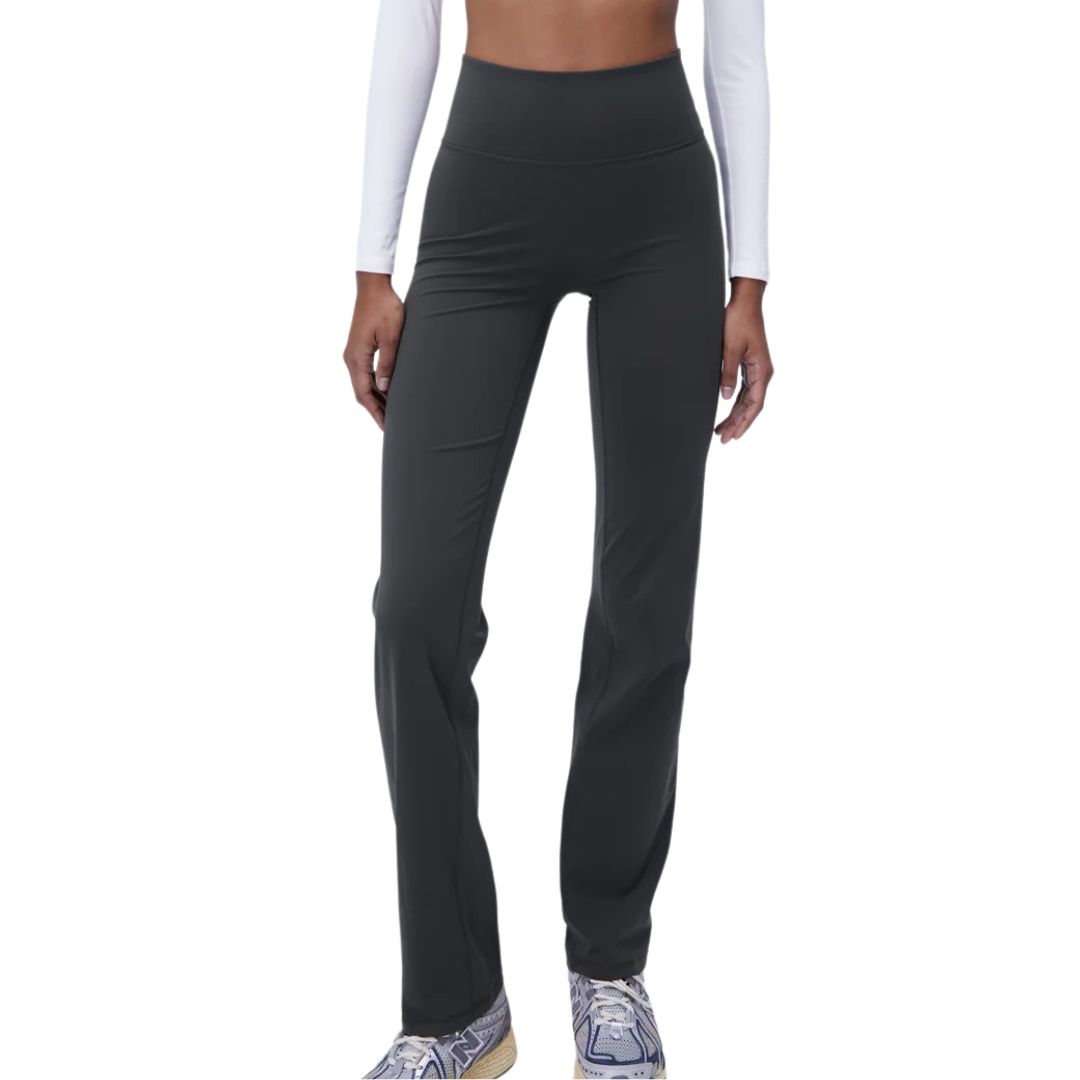
In my opinion, being comfortable while you exercise is a must. Which is where these yoga pants come in. Designed for yoga, hanging out and everything in between, these super comfy options come with a compressive active fit, four-way stretch and they’re squat-proof. So ideal for lunging and lounging.

Whether I’m going for a quick stroll, heading to a class or grabbing a coffee run, I swear by my New Balance 530s. Not only are they comfortable, thanks to their ABZORB midsole, these new editions looks great too. So just the thing any walking yoga sesh needs.
Is walking and yoga a good combination?
If you enjoy walking and yoga, this low-impact form of fitness can be a great combination.
"It gets you out in nature and you are moving with more mindfulness and kindness to your body," Sophia Drozd, yoga teacher and founder of Y4P says. "If you're more of a walker than a yogi it's going to improve your breathing and help create space in the mind and if you're more of a yogi than a walker it's a nice alternative to getting off the mat."

Rebecca, or Becks, is a freelance journalist with more than ten years of experience in the industry. She specialises in all things health and lifestyle and has written for a number of brands including Women's Health, Stylist, the Evening Standard, Good Housekeeping, The Telegraph, Live Science, Tom's Guide and Fit&Well. Becks also writes copy for a number of brands and small businesses.
When she's not weight training, tracking down the best gym leggings, reading a book or at her desk typing away, you'll find her in the kitchen perfecting a new recipe or bake.
-
 How are Trump’s tariffs affecting the fashion industry?
How are Trump’s tariffs affecting the fashion industry?The fluctuating situation in the US is having very real consequences
By Rebecca Jane Hill
-
 Here's every character returning for You season 5 - and what it might mean for Joe Goldberg's ending
Here's every character returning for You season 5 - and what it might mean for Joe Goldberg's endingBy Iris Goldsztajn
-
 Celine's new Selfridges pop-up is an ode to summers on the French Riviera
Celine's new Selfridges pop-up is an ode to summers on the French RivieraA one-stop-shop for the ultimate holiday wardrobe
By Clementina Jackson
-
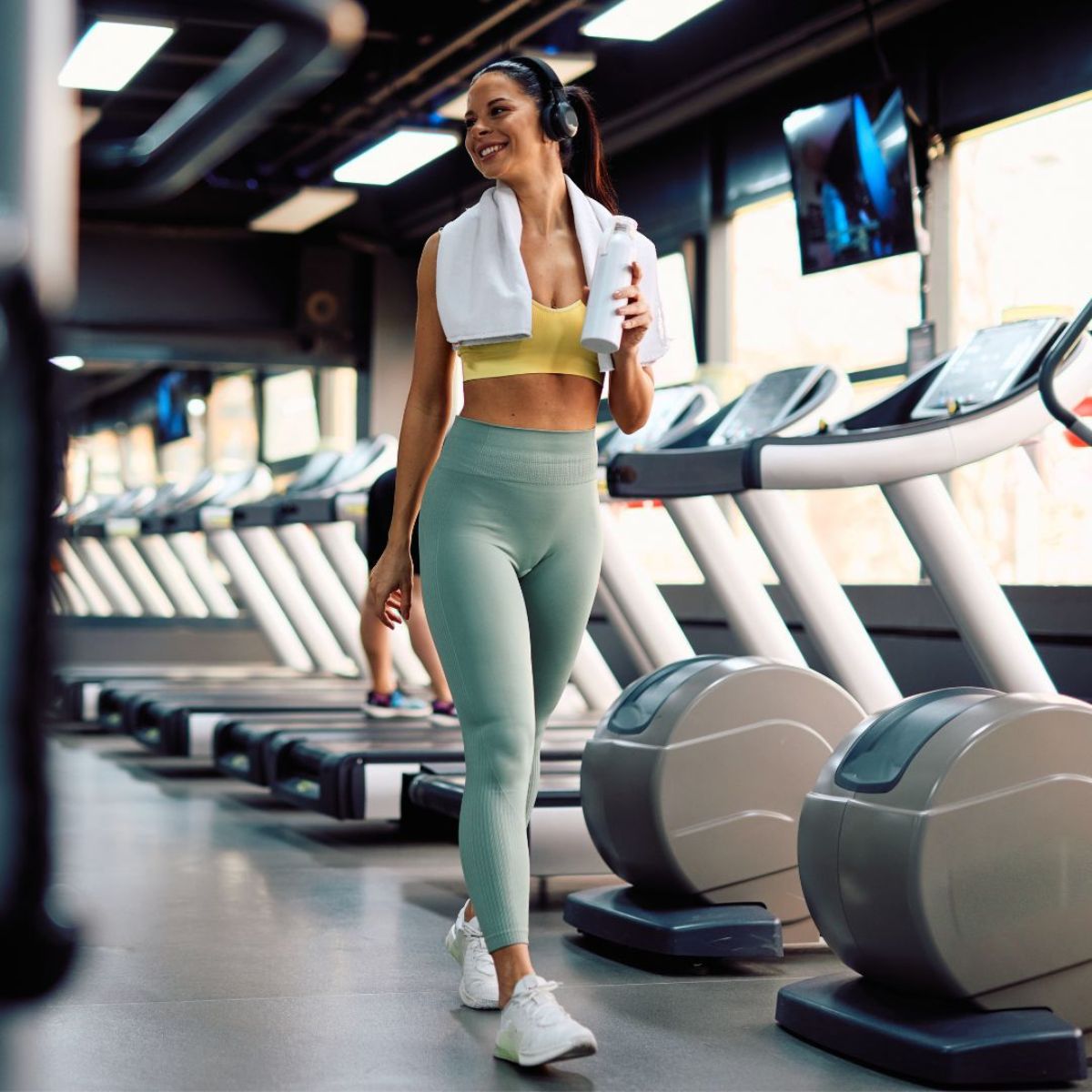 Walking workouts are the hottest form of exercise RN - 5 best walking workouts for beginners to boost fitness and mood
Walking workouts are the hottest form of exercise RN - 5 best walking workouts for beginners to boost fitness and moodYour ultimate guide.
By Katie Sims
-
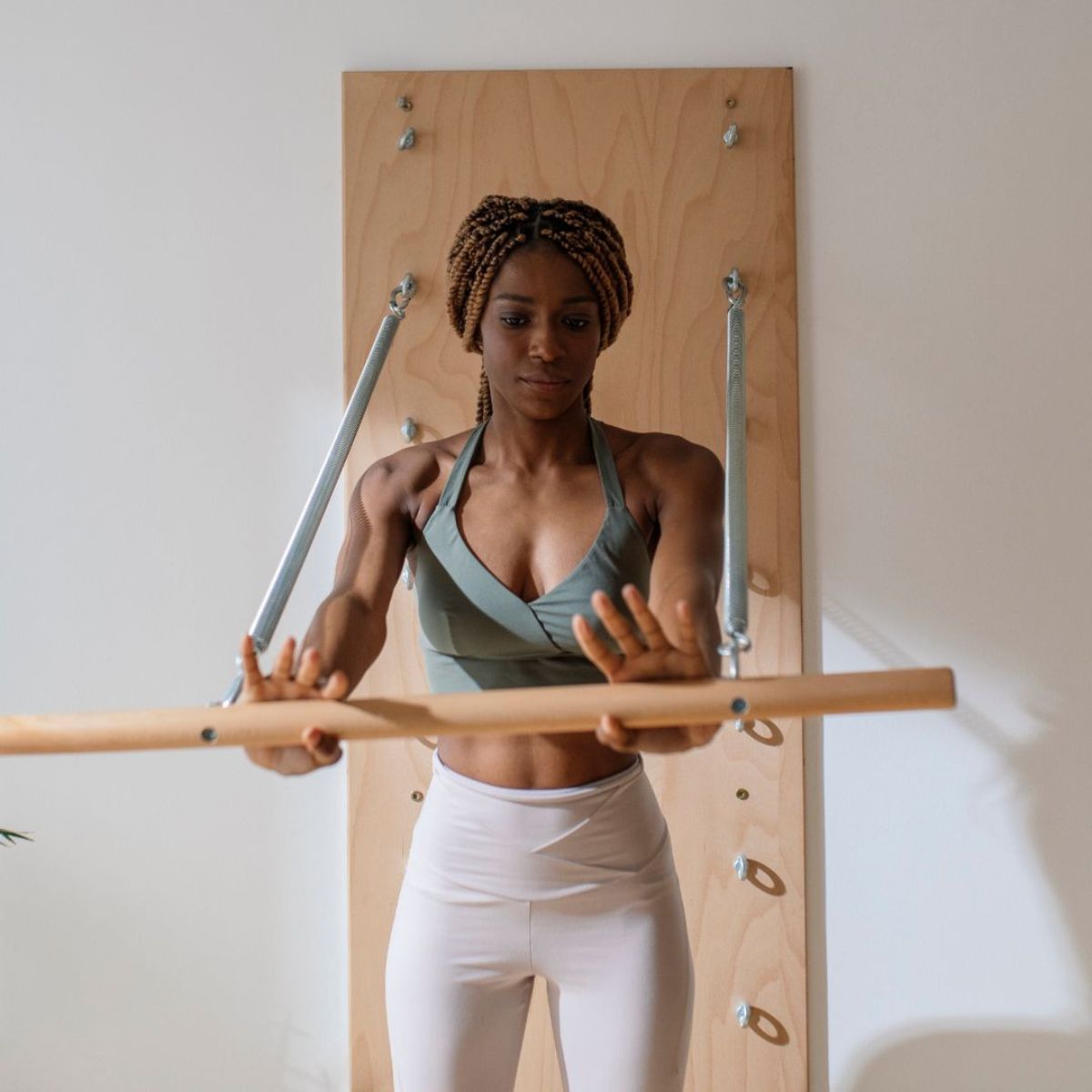 Stop what you're doing: these are, hands down, the best wall Pilates workouts for the core, according to top instructors
Stop what you're doing: these are, hands down, the best wall Pilates workouts for the core, according to top instructorsRigs at the ready.
By Katie Sims
-
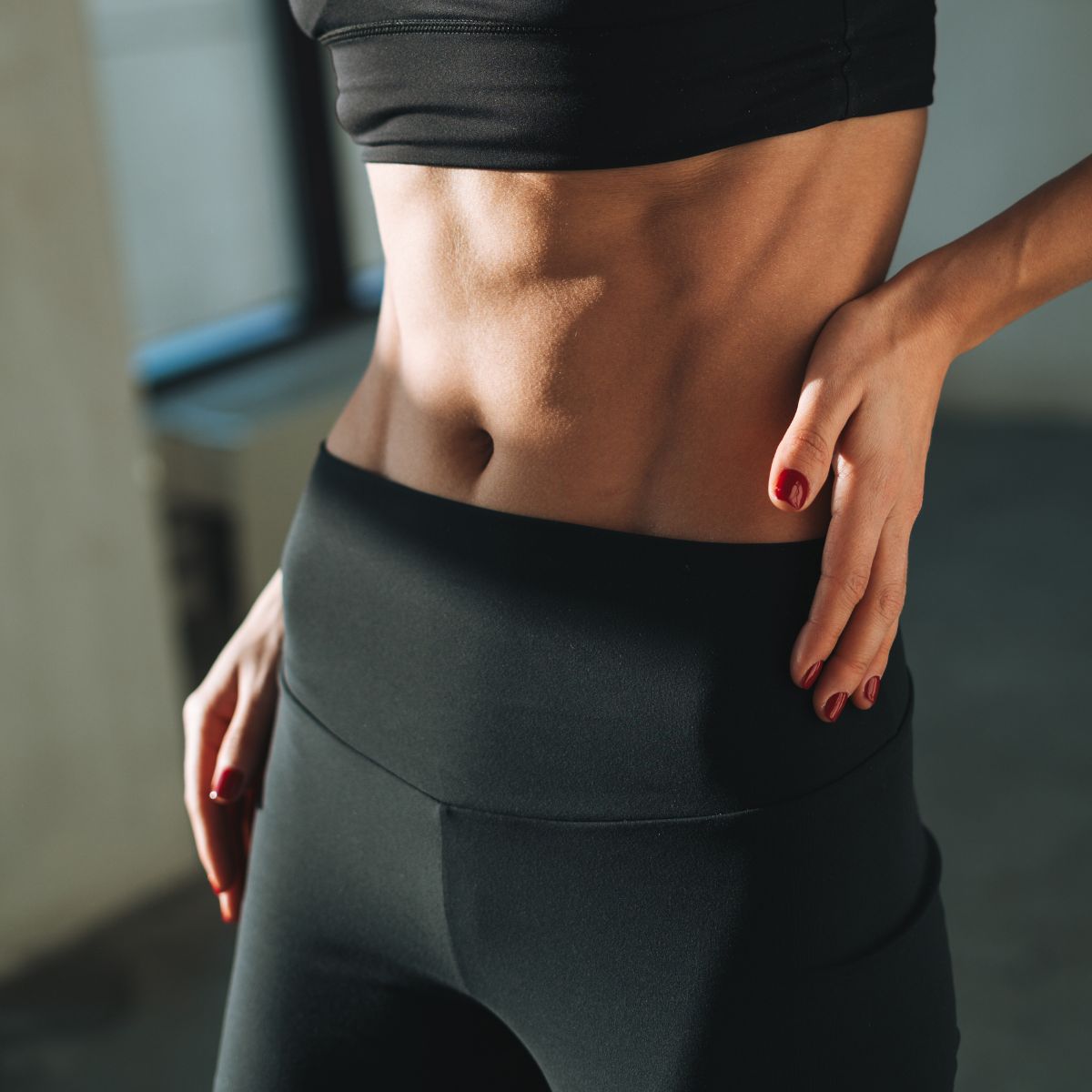 Modern Pilates is one of the most fun yet effective ways to strengthen and lengthen your body - 6 exercises to try
Modern Pilates is one of the most fun yet effective ways to strengthen and lengthen your body - 6 exercises to tryKeen to strengthen your entire body? This one's for you.
By Anna Bartter
-
 Short on time but keen to boost body and mind? Top experts share their go-to 10-minute yoga flows
Short on time but keen to boost body and mind? Top experts share their go-to 10-minute yoga flowsGuaranteed to make you feel grounded.
By Ashleigh Spiliopoulou
-
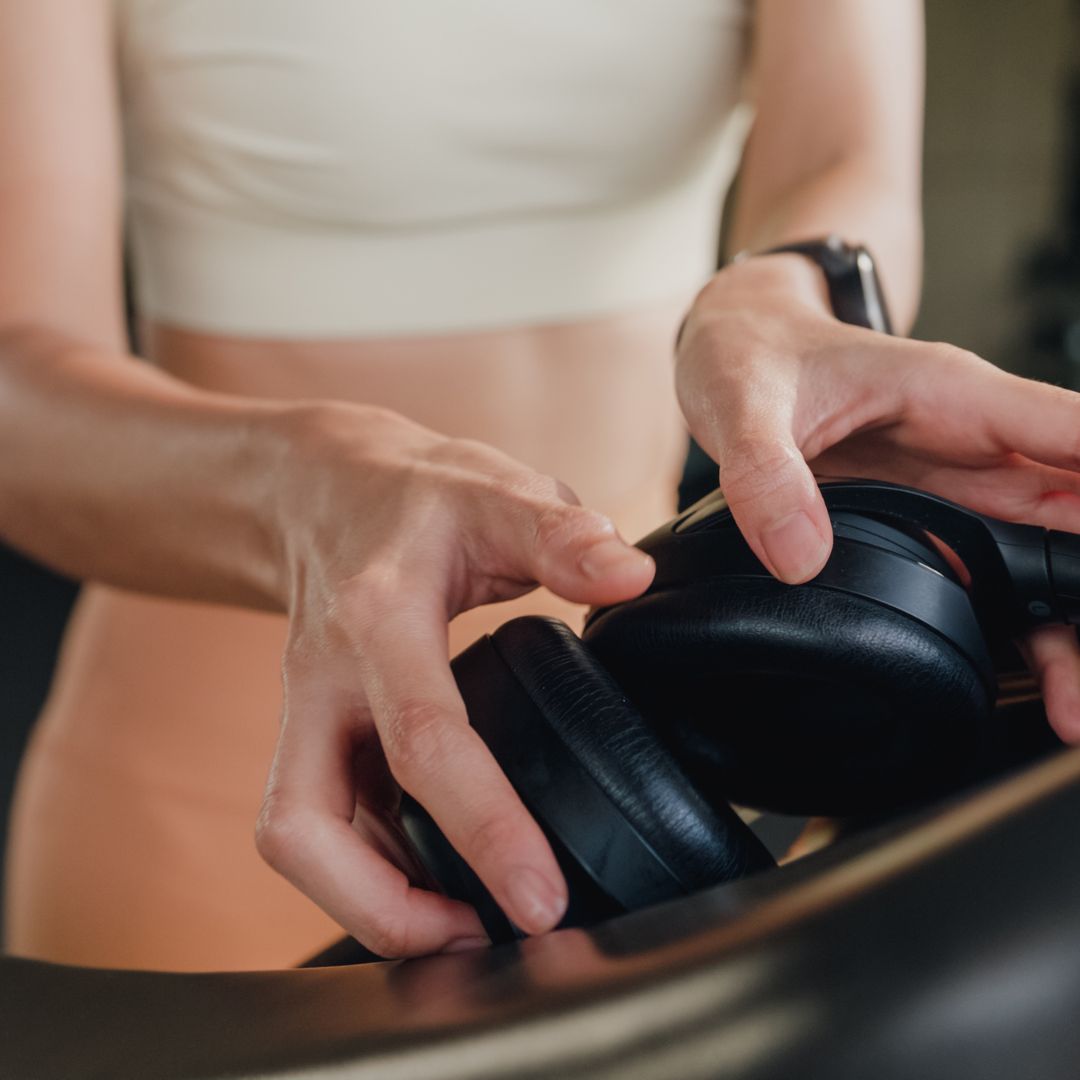 It's the must-have bit of fit kit of the year - a fitness expert shares their 5 top tips for choosing a walking pad
It's the must-have bit of fit kit of the year - a fitness expert shares their 5 top tips for choosing a walking padThis year's fitness must-buy.
By Katie Sims
-
 I tried Pilates roll-downs every day for a week - and was amazed at how quickly it eased years of stiffness
I tried Pilates roll-downs every day for a week - and was amazed at how quickly it eased years of stiffnessConsider my spine more mobile than before.
By Rebecca Shepherd
-
 Power walking is the latest trending workout - and it promises to supercharge your health in the simplest way
Power walking is the latest trending workout - and it promises to supercharge your health in the simplest wayKeen to find out more? Step this way...
By Rebecca Shepherd
-
 Fan of low-impact sessions? These are officially the 7 best Pilates apps for boosting strength, tone and mood
Fan of low-impact sessions? These are officially the 7 best Pilates apps for boosting strength, tone and moodYou can thank us later.
By Katie Sims